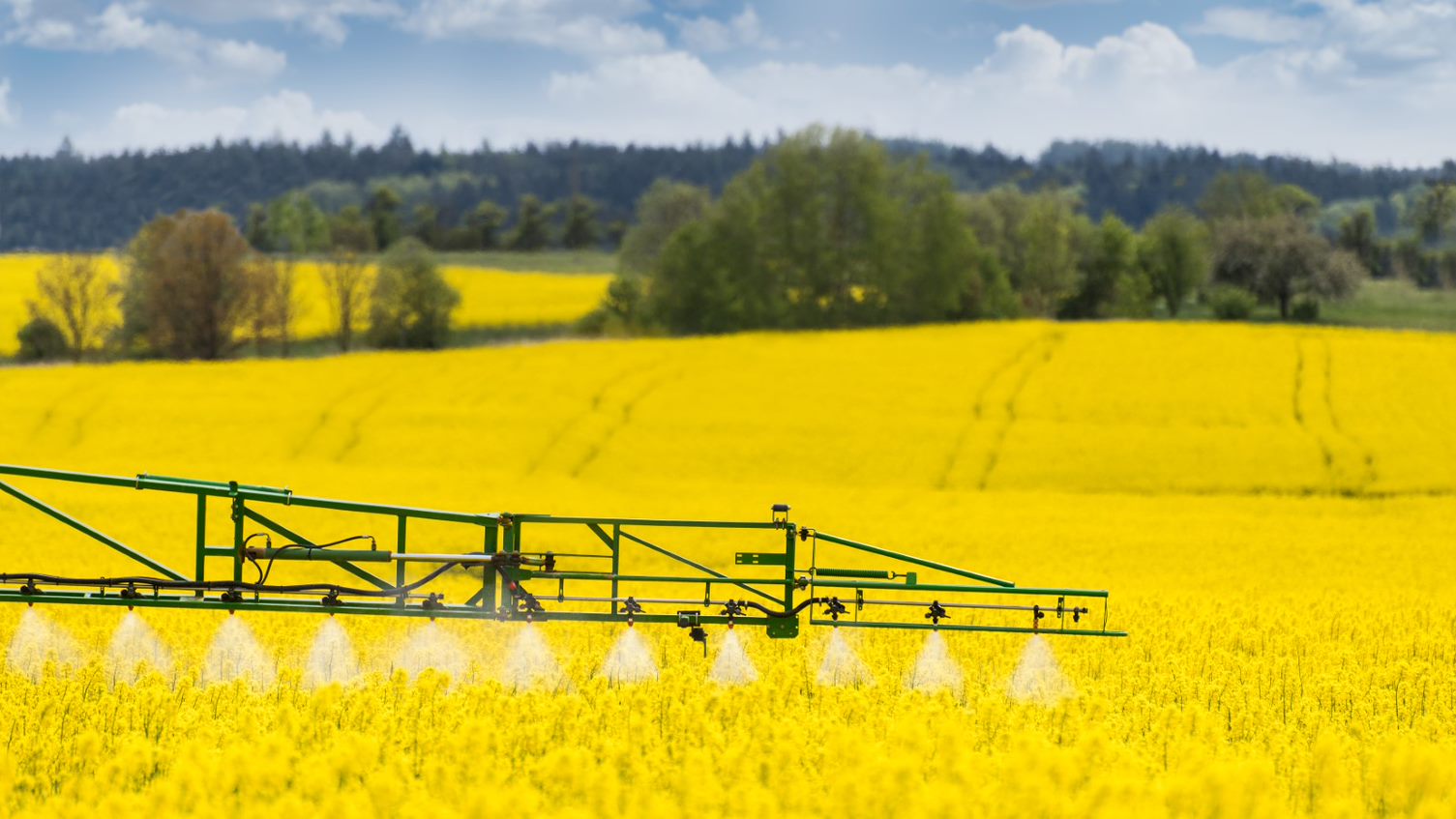Types of agrochemical
- Fertilisers
- Fertilisers are concentrated forms of plant nutrients used to enrich soils and enhance crop growth and yields.
- Many fertilisers are ‘NPK’ – they include the key elements of Nitrogen (N), Phosphorous (P) and Potassium (K) which are essential for plant growth.
- Can be both organic (made from living material like animal manure) or synthetic (manufactured chemically).
- Plant protection products (pesticides)
- To control pests, weeds and diseases.
- These include herbicides, fungicides, insecticides, molluscicides, nematicides and plant growth regulators
- In the UK, plant protection products are strictly regulated by the Health and Safety Executive (HSE)
- Chemicals used in animal husbandry
- Antibiotics and pesticides for the control of livestock diseases and parasites.
- Hormones and other animal-growth regulators to regulate animal growth and development.
- Soil conditioners
- Chemicals or organic matter (e.g peat) that alter soil properties including water holding capacity and aeration.
- Liming and Acidifying agents
- Neutralize soils that are too acidic or alkaline to optimize the pH for growing conditions.
- Acidic soils are a particular problem in agriculture and can be caused by factors such as acidic rain and high inputs of nitrogen fertiliser.
- Calcium containing compounds (liming agent) are often used to rectify acidic soils and sulphur compounds (acidifying agents) are often used to rectify alkaline soils.
To read more about the specific agrochemicals mentioned on this page, see the relevant topic pages on FarmPEP



